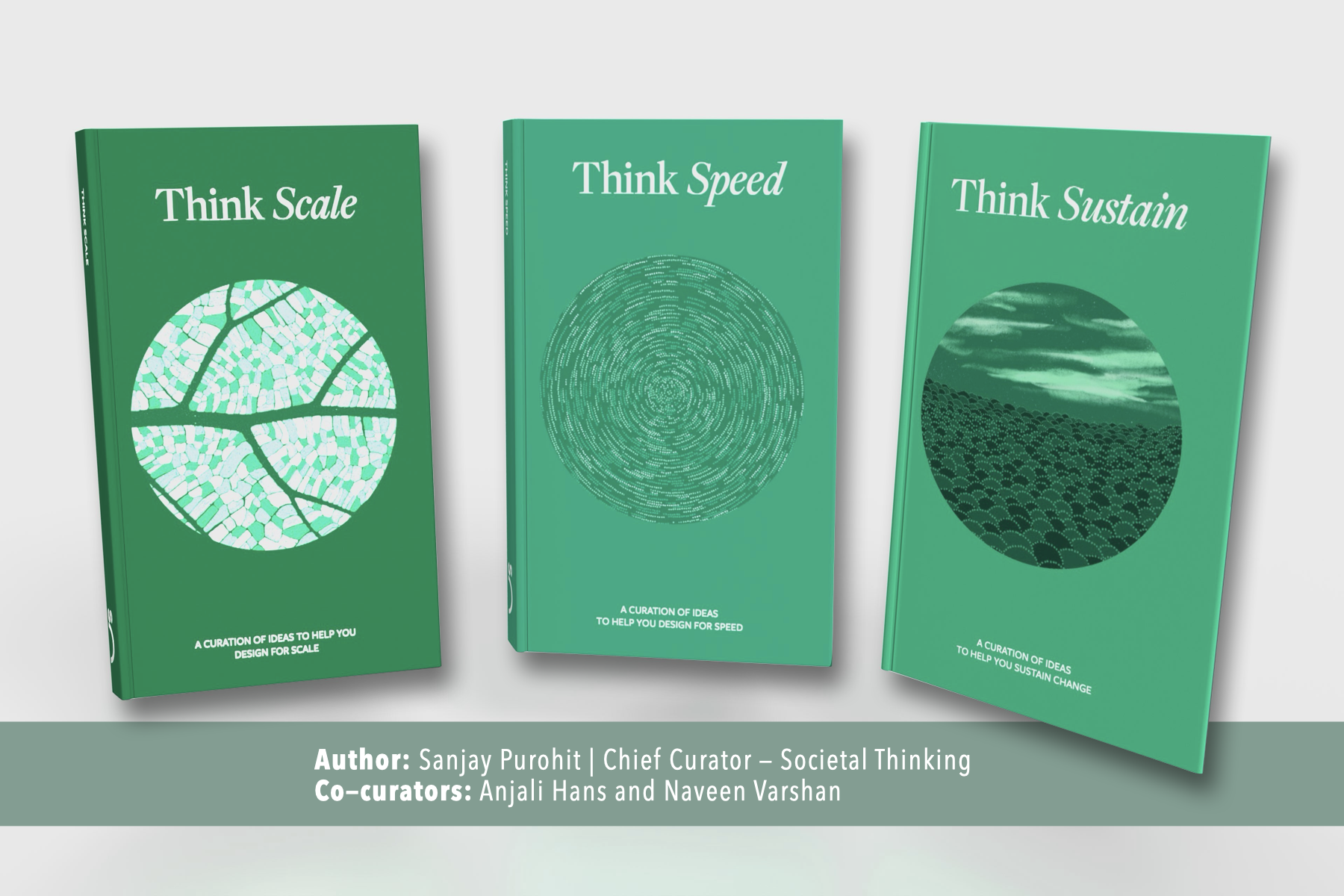In the last couple of decades, India has gone through many transformative changes. From the dial-tone internet connection (remember this dial tone!) to silent hi-speed internet I am expecting inside and outside home 24/7. From standing outside ATMs to withdraw cash to today pulling my phone out for the littlest of financial transactions (and carrying the same Rs 500 note in my pocket for the last 2 years, because who needs the cash anyway).
I recently heard Nandan Nilekani’s talk on what the next Techade has in store for us and how he sees “Micro is the new Mega” as the trend in many segments. Here are a few sectors that he foresees that the “Micro” revolution is already reshaping.
Transforming Commerce: From Micro to Mega to more efficient Micro
With the industrial age came the era of mega factories and enormous supply chains. Goods were produced on a large scale and then distributed through a traditional model of wholesaler, retailer, and finally, small retailer. This system often led to the rise of monopolistic markets where only a few big players reigned supreme.
Then came the e-commerce platforms like eBay, Amazon etc. that made micro commerce possible – small producers could sell directly to small buyers, bypassing the traditional supply chain. This shift had the potential to democratize commerce. However, in a diverse country like India, many were left behind. Even today, less than 10% of small and medium-sized enterprises (SMEs) are on these platforms, highlighting a significant gap in the reach of these mega e-commerce giants.
So, if we want equitable access to commerce, we have to think about micro-economies, not unlike the bazaars of our forefathers where local traders sold to local customers, but supercharge them with the efficiency of the mega world. This is the idea behind ONDC.
With ONDC, we are witnessing a return to micro economies – communities and local networks that cater to specific needs and involve local participants. This revival combines the efficiency of the mega world with the intimacy and inclusiveness of traditional micro economies. These micro-economies offer localized solutions, engage local talent, and include everyone in their growth journey.
Energy powerhouse: Many, many micro producers
In the energy sector, there were energy producing monoliths who controlled the flow of energy, but with solar and renewable energy everyone can become a micro producer. This means that we have to think of newer business models of how energy on the grid will be shared and how farmers, and small landowners can earn some extra income from the energy they produce. On the other hand, we have to think about whether this new energy powerhouse can power rural hospitals, schools or even homes. Beckn’s Unified Energy Interface is an interesting use case of how energy can become discoverable.
Learning: Many many Micro moments
The way the next generations will learn will change from long, multi-year courses to anytime, anywhere, concise learning from many micro sources. This type of learning would mean that everyone could have a personalised pathway that works for them. Soon, modern workplaces will also evolve to allow for micro-credentialing for skills instead of one comprehensive university credentialing. See iGOT, for example.
Artificial Intelligence: Micro power with Monumental Impact
developing models that are based on local knowledge, wisdom and even languages. This means that to harness the power of AI, India will need to provide massive computing power to innovators and changemakers. However, a few large data centres (like AWS) currently dominate India, but the cost can be very prohibitive for local innovators.
Open Cloud Compute (OCC) is a network of interoperable micro data centres in the country, potentially in the thousands, that can unite and create a mega compute network. This network can bring compute power closer to users, enabling faster processing, lower latency, and stronger data sovereignty.
The interconnected micro-cloud computing infrastructure aims to unite numerous independent providers on a single network, enhancing their discoverability and utilisation. By creating a network of providers, it can ensure that compute resources become more accessible and more tailored to specific local needs.
The social sector: Minor actions leading to major outcomes
We at Societal Thinking have been using this idea to think about how micro actions by the communities can snowball into a positive large impact. I see it in action in the work of some of our partners Shikshalokam, Reap Benefit, The Machete Project etc. on how the community they work with is taking micro actions. And then how the power of micro actions taken by millions of school leaders with Shikshalokam or micro interactions between experts and first mile responders in health, education, justice and many other domains through Project Echo is leading to mega impact.
I am also seeing how Shikshagraha, MAPA and Make a Difference are reimagining micro communities of support (more on this coming soon) with the same lens. From AI to social innovation, from energy to commerce, micro-level actions are proving to be powerful drivers of exponential change.
What is the micro movement you see in your work? Can it unlock exponential progress and transformative change for the work you do?
Read how ShikshaLokam is embracing ‘micro is the new mega’ to enhance education leadership in India.
 Back
Back


